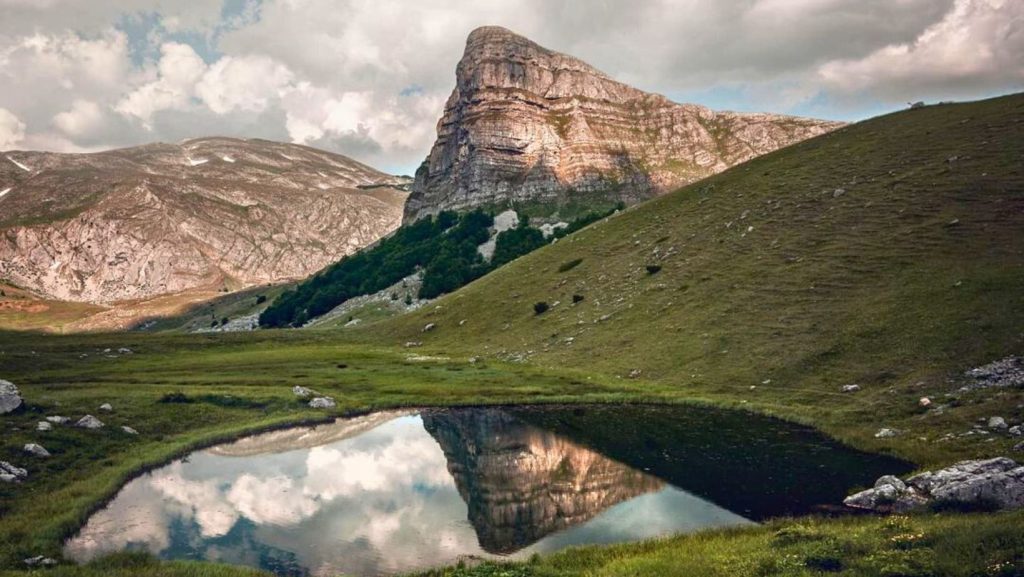
Troglav Mountain, also known as Mount Troglav, is a prominent peak located in the Dinaric Alps in southeastern Europe. It is situated on the border between Croatia and Bosnia and Herzegovina. Troglav is the highest peak in Croatia and one of the highest in the entire Dinaric Alps region.
Here are some key points about Troglav Mountain:
- Elevation: Troglav Mountain has an elevation of 1,913 meters (6,276 feet) above sea level. It is the third highest peak in the Dinaric Alps after Maja Jezercë in Albania and Durmitor in Montenegro.
- Location: The mountain is situated on the border between Croatia and Bosnia and Herzegovina. The Croatian side lies within the Lika-Senj County, while the Bosnian side falls within the territory of the Livno Municipality.
- Natural Beauty: Troglav Mountain is known for its breathtaking natural beauty. It features diverse landscapes, including dense forests, alpine meadows, rocky terrain, and scenic vistas. The area is rich in flora and fauna, making it a popular destination for nature enthusiasts, hikers, and mountaineers.
- Cultural Significance: Troglav holds cultural and historical significance, particularly in Croatian folklore and mythology. It is often associated with legends and tales, and the mountain’s name is derived from “Troglav,” a mythical creature with three heads.
- Hiking and Outdoor Activities: The mountain offers numerous hiking and outdoor activity opportunities. There are various trails and routes that cater to different levels of expertise. Hikers can enjoy panoramic views, explore the surrounding nature, and experience the thrill of conquering the peak.
- Nearby Attractions: Troglav Mountain is surrounded by other notable natural and cultural attractions. For example, the Plitvice Lakes National Park, a UNESCO World Heritage site known for its stunning lakes and waterfalls, is located relatively close to Troglav and is worth a visit.
When planning a visit to Troglav Mountain, it is advisable to check local regulations, weather conditions, and ensure you are adequately prepared for the terrain and altitude.

